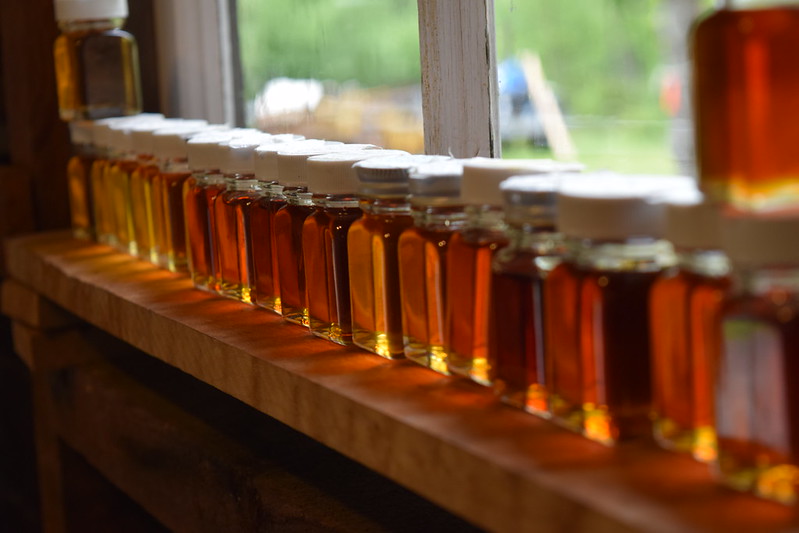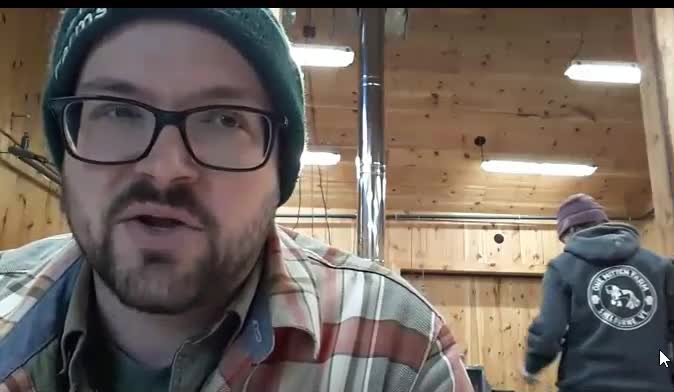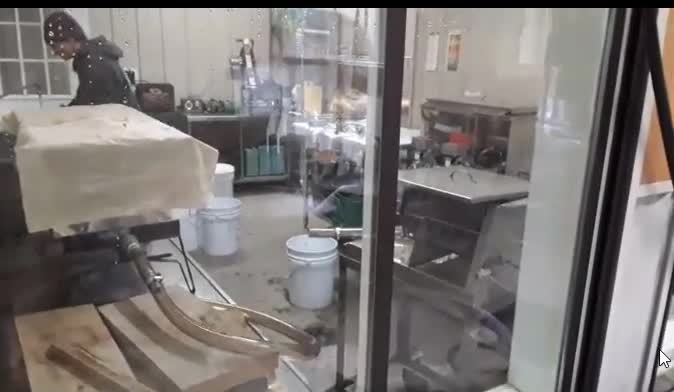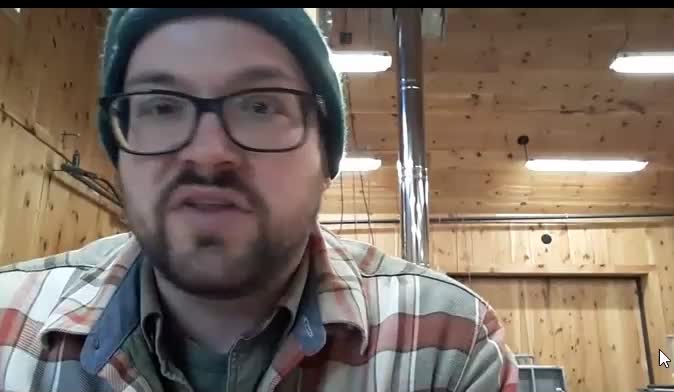Search Results
Results for: 'Maple Sugaring'

North American Maple Syrup Council
The North American Maple Syrup Council is an international organization, founded in 1961. The purposes of the Council are to promote research in the chemistry and technology of maple sap and the products derived from it; in sugarbush management an...

International Maple Syrup Institute
The International Maple Syrup Institute (IMSI) was founded in 1975 to promote and protect pure maple syrup and other pure maple products. Its mission remains largely unchanged: The organization provides an important international framework for com...

Shelburne Farms Maple Sugaring Part 1: Intro
Shelburne Farms Maple Sugaring Tour with George Conklin

Shelburne Farms Maple Sugaring Part 5: Tap Sap to Syrup
Tour of Maple sugaring operation at shelburne farms with George Conklin of Shelburne Farms

The law is very clear on what can be sold as pure maple syrup; only "the liquid derived by concentration and heat treatment of the sap of the maple tree". No processing that "adds or removes naturally occurring soluble materials" is allowed. This ...

Shelburne Farms Maple Sugaring Part 3: Tree Physiology
George Conklin gives an introduction to sugaring

The law is very clear as to what can be sold as pure maple syrup; only the liquid derived by concentration and heat treatment of the sap of the maple tree. No processing that adds or removes naturally occurring soluble materials is allowed. This d...

As late summer progresses so-called late-season defoliators are beginning to become visible in Vermont woods. Two such insects are maple leaf cutter and maple trumpet skeletonizer. The first report of damage from maple leaf cutter was in 1911 when...